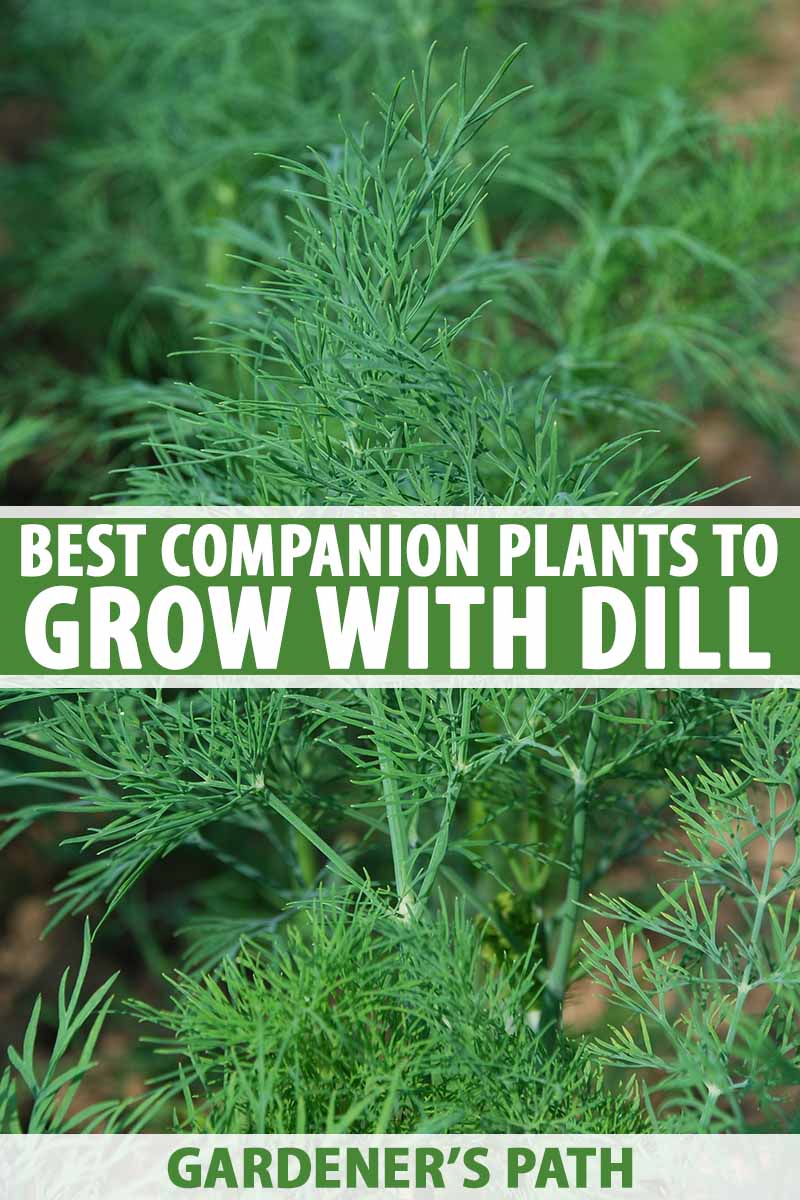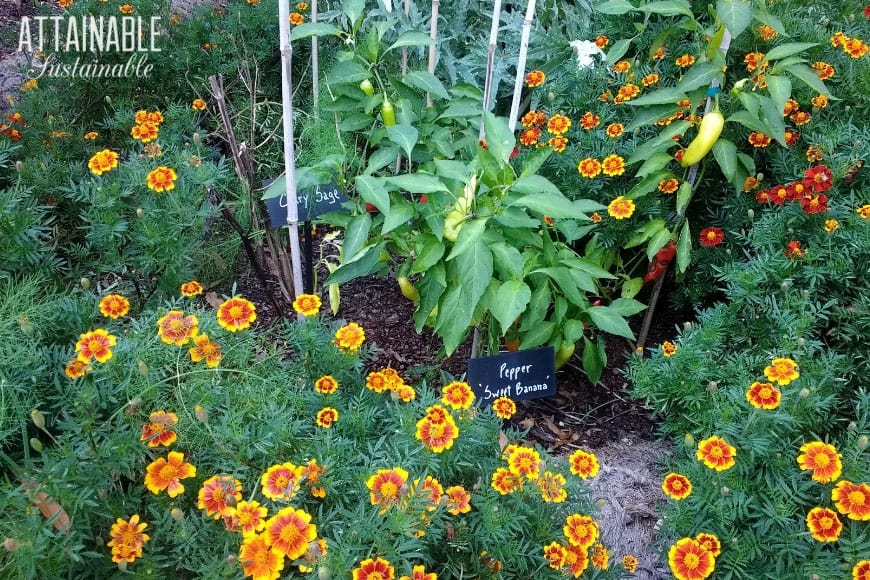Dill And Peppers: The Perfect Companion Planting
Dill and Peppers: The Perfect Companion Planting
Dill and peppers are two popular vegetables that can be grown together in the garden. They have a number of benefits when grown together, including:
- Attracting beneficial insects. Both dill and peppers attract beneficial insects, such as ladybugs, lacewings, and parasitic wasps. These insects help to control pests, such as aphids, cabbage moths, and hornworms.
- Distracting pests. The strong scent of dill can help to distract pests from peppers. This is because pests often prefer to feed on plants with a weaker scent.
- Improving soil quality. Dill and peppers can help to improve soil quality by adding nutrients and organic matter. This can help to promote the growth of both vegetables.
- Providing shade. The tall dill plants can provide shade for the peppers, which can help to protect them from the sun and heat.
How to Plant Dill and Peppers Together
When planting dill and peppers together, it is important to consider the size of the plants. Dill can grow up to 3 feet tall, so it is important to plant it in the back of the garden. Peppers can grow up to 2 feet tall, so they can be planted in front of the dill.
It is also important to plant dill and peppers in full sun. They both need at least 6 hours of sunlight per day. The soil should be well-drained and fertile.
To plant dill and peppers, dig a hole that is twice the size of the root ball. Add some compost or manure to the soil and mix it well. Place the plant in the hole and backfill with soil. Water the plants well.
Caring for Dill and Peppers
Dill and peppers are relatively easy to care for. They need regular watering, especially during hot weather. They also need to be fertilized every few weeks.
Dill can be harvested when the leaves are young and tender. The flowers can also be used in salads or as a garnish. Peppers can be harvested when they are ripe.
Growing Dill and Peppers Together
Dill and peppers are a great companion planting combination. They have a number of benefits when grown together, and they are relatively easy to care for. If you are looking for two vegetables to grow together in your garden, dill and peppers are a great option.
Dill and peppers are two popular vegetables that can be grown together in the garden. Dill is a member of the carrot family and attracts beneficial insects like ladybugs and hoverflies, which can help to control pests that can damage peppers. Peppers also benefit from being planted near dill, as the dill's strong aroma can help to deter pests like aphids and whiteflies.
If you are planning to plant dill and peppers in your garden, you may want to visit Gardenia Inspiration for more information about companion planting. This website provides a comprehensive list of companion plants, including dill and peppers. You can also find tips on how to plant and care for these two vegetables, as well as information on how to attract beneficial insects to your garden.
FAQ of dill and peppers companion planting
1. Can I plant dill next to peppers?
Yes, dill and peppers are considered to be companion plants. They can be planted together in the same garden bed or container. Dill can help to deter pests that can damage peppers, such as aphids, spider mites, and whiteflies. Peppers can help to improve the flavor of dill.
2. What are some other good companion plants for peppers?
Other good companion plants for peppers include:
- Basil: Basil can help to repel mosquitoes and other insects.
- Cabbage: Cabbage can help to attract beneficial insects that can help to control pests.
- Marigolds: Marigolds can help to repel nematodes, which can damage pepper roots.
- Nasturtiums: Nasturtiums can help to attract beneficial insects that can help to control pests.
- Tomatoes: Tomatoes can help to repel whiteflies and other pests.
3. What are some plants that should not be planted near peppers?
Some plants that should not be planted near peppers include:
- Beans: Beans can compete with peppers for nutrients.
- Melons: Melons can attract cucumber beetles, which can also damage peppers.
- Potatoes: Potatoes can harbor the same diseases as peppers.
- Spinach: Spinach can attract aphids, which can also damage peppers.
- Tomatoes: Tomatoes can compete with peppers for water and sunlight.
4. How far apart should dill and peppers be planted?
Dill and peppers should be planted at least 12 inches apart. This will give them enough space to grow and thrive.
5. What are some tips for companion planting dill and peppers?
Here are some tips for companion planting dill and peppers:
- Plant dill and peppers in full sun.
- Water them regularly, especially during hot, dry weather.
- Fertilize them every few weeks with a balanced fertilizer.
- Mulch around the plants to help retain moisture and suppress weeds.
- Watch for pests and diseases and take appropriate action if necessary.
Image of dill and peppers companion planting
5 different images of "dill and peppers companion planting" from Pinterest:
- Dill and peppers growing together in a garden bed. The dill is tall and feathery, while the peppers are short and bushy. The two plants are a good companion because they attract different pests and diseases.

- A close-up of dill and peppers growing together. The dill leaves are green and fern-like, while the pepper leaves are dark green and shiny. The two plants are intermingling, showing how well they can grow together.

- A row of dill and peppers in a vegetable garden. The dill is planted on the left side of the row, and the peppers are planted on the right side. The two plants are evenly spaced, and they look healthy and vibrant.

- A pot of dill and peppers on a windowsill. The dill is growing tall and bushy, while the peppers are still small and green. The two plants are thriving in the pot, and they are getting plenty of sunlight.

- A bouquet of dill and peppers. The dill is tied together with a ribbon, and the peppers are arranged around it. The bouquet is colorful and fragrant, and it would make a beautiful gift for a friend or family member.
Post a Comment for "Dill And Peppers: The Perfect Companion Planting"